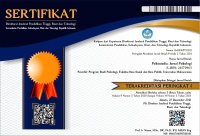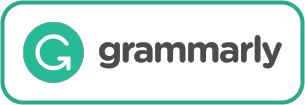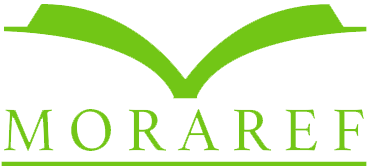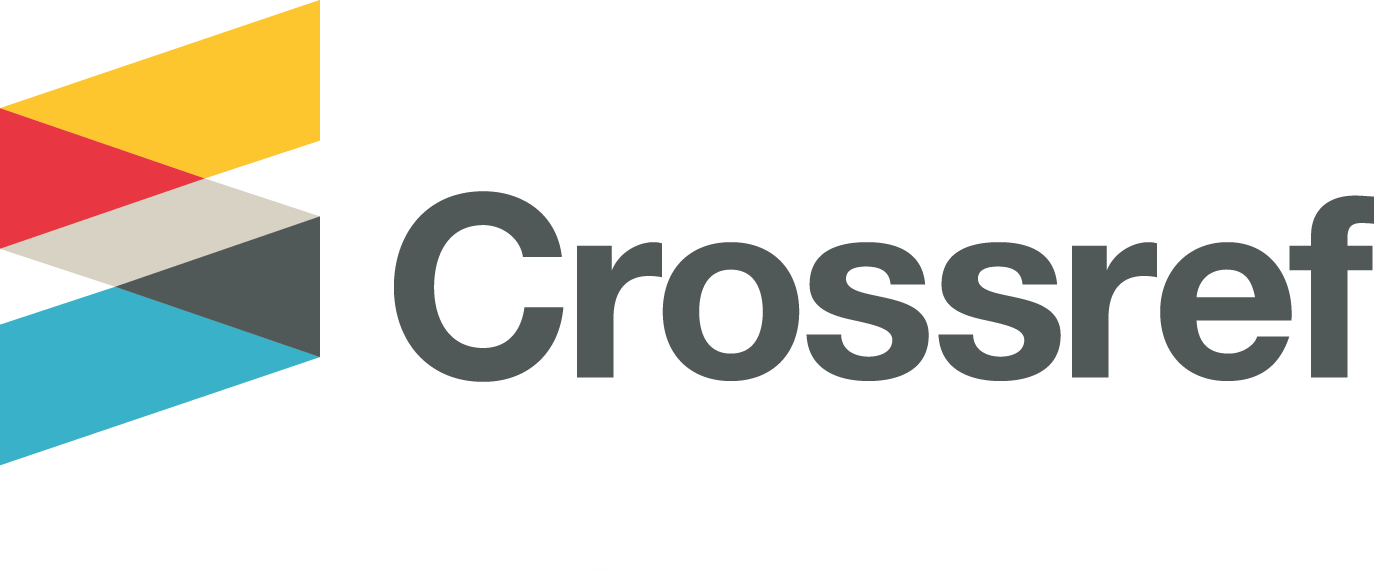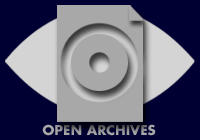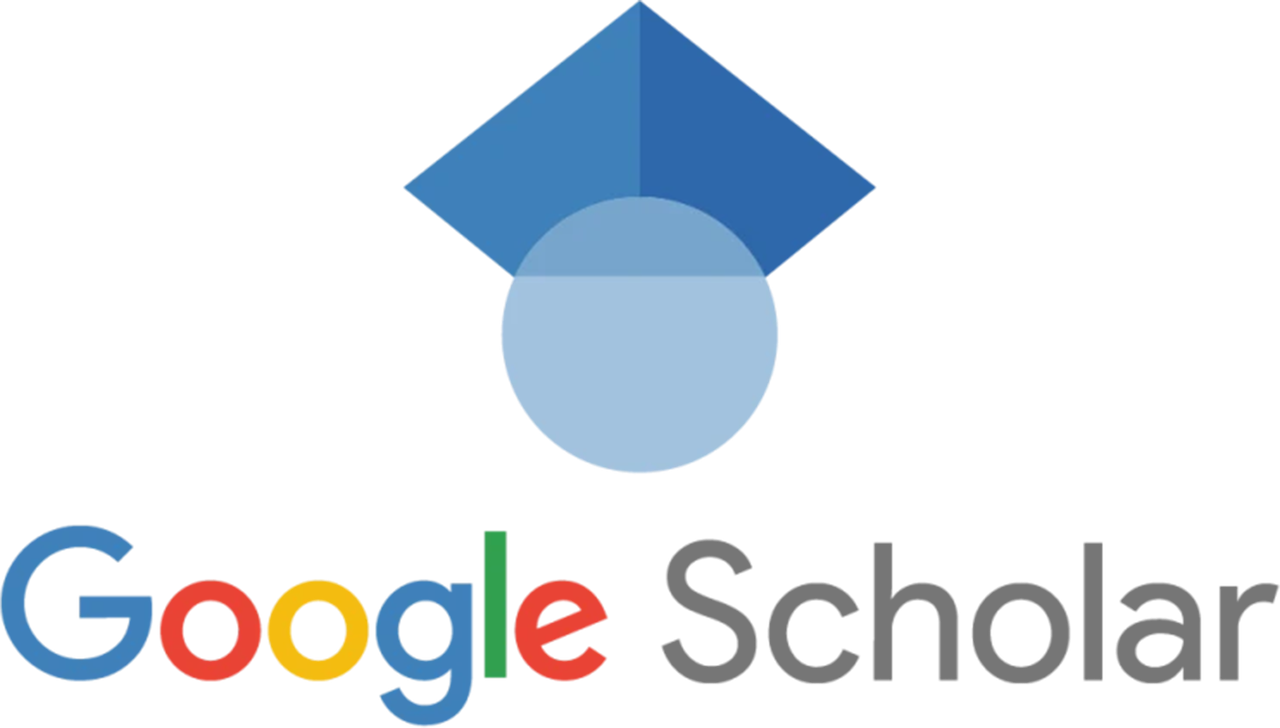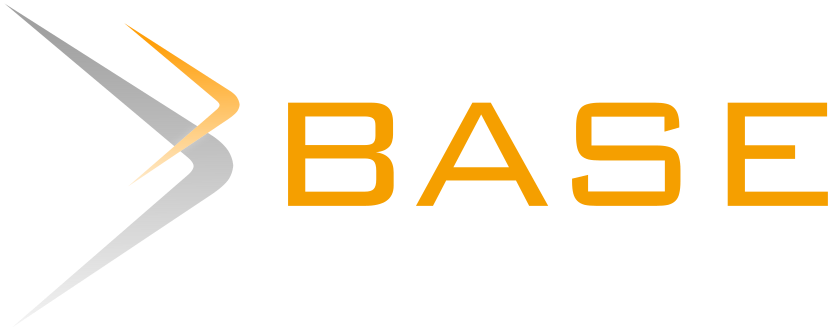Agile Leadership and Innovative Work Behavior: The Mediating Role of Organizational Climate
Abstract
In today's dynamic business environment, innovation is crucial for companies to meet constantly changing industry demands. This study examines the relationships between agile leadership, organizational climate, and innovative work behavior, with a particular focus on the mediating role of organizational climate. Conducted on 115 employees at a consulting firm in Indonesia, the research aims to validate hypotheses suggesting positive correlations among these variables and the mediating effect of organizational climate on the relationship between agile leadership and innovative work behavior. A correlational quantitative design, utilizing regression and structural equation modeling (SEM), was employed for data analysis. The findings indicate that agile leadership positively correlates with both organizational climate and innovative work behavior. Furthermore, organizational climate also shows a positive correlation with innovative work behavior. Significantly, the study demonstrates that organizational climate fully mediates the relationship between agile leadership and innovative work behavior, implying that the impact of agile leadership on innovative work behavior depends on the organizational climate. These results highlight the critical role of agile leadership and a supportive organizational climate in fostering innovative work behavior. Practically, organizations should focus on training leaders to develop agile skills and implementing policies that promote a positive organizational climate to enhance employee innovation. Future research should consider longitudinal designs and diverse organizational contexts to further validate these findings.
Dalam lingkungan bisnis yang dinamis saat ini, inovasi sangat penting bagi perusahaan untuk memenuhi tuntutan industri yang terus berubah. Penelitian ini mengkaji hubungan antara kepemimpinan agile, iklim organisasi, dan perilaku kerja inovatif, dengan fokus khusus pada peran mediasi iklim organisasi. Penelitian ini dilakukan pada 115 karyawan di sebuah perusahaan konsultasi di Indonesia, dengan tujuan untuk memvalidasi hipotesis penelitian yakni adanya korelasi positif antara variabel-variabel penelitian dan adanya efek mediasi iklim organisasi pada hubungan antara kepemimpinan yang lincah dan perilaku kerja inovatif. Desain kuantitatif korelasional, menggunakan regresi dan pemodelan persamaan struktural (SEM) digunakan untuk analisis data. Temuan penelitian menunjukkan bahwa kepemimpinan agile berkorelasi positif dengan iklim organisasi dan perilaku kerja inovatif. Selanjutnya, iklim organisasi juga menunjukkan korelasi positif dengan perilaku kerja inovatif. Secara signifikan, penelitian ini menunjukkan bahwa iklim organisasi sepenuhnya memediasi hubungan antara kepemimpinan agile dan perilaku kerja inovatif, yang menyiratkan bahwa dampak kepemimpinan agile pada perilaku kerja inovatif sangat bergantung pada iklim organisasi. Hasil ini menyoroti peran penting kepemimpinan agile dan iklim organisasi yang mendukung dalam mendorong perilaku kerja inovatif. Secara praktis, organisasi harus fokus pada pelatihan pemimpin untuk mengembangkan keterampilan agile dan menerapkan kebijakan yang mempromosikan iklim organisasi yang positif untuk meningkatkan inovasi karyawan. Saran untuk penelitian berikutnya sebaiknya mempertimbangkan desain longitudinal dan konteks organisasi yang beragam untuk lebih memvalidasi temuan dalam penelitian ini.
Keywords
Full Text:
FULL TEXTReferences
Alheet, A. F., Adwan, A. Al, Areiqat, A. Y., Zamil, A. M. A., & Saleh, M. A. (2021). The effect of leadership styles on employees’ innovative work behavior. Management Science Letters, 11, 239–246. https://doi.org/10.5267/j.msl.2020.8.010
Anderson, N. R., & West, M. A. (1998). Measuring climate for work group innovation: Development and validation of the team climate inventory. Journal of Organizational Behavior, 19(3), 235-258. doi:10.1002/(SICI)1099-1379(199805)19:3<235::AID-JOB837>3.0.CO;2-C
Aslam, F., Aimin, W., Li, M., & Rehman, K. U. (2020). Innovation in the era of IoT and industry 5.0: Absolute innovation management (AIM) framework. Information (Switzerland), 11(2). https://doi.org/10.3390/info11020124
Axtell, C., Holman, D., & Wall, T. (2006). Promoting innovation: A change study. Journal of Occupational and Organizational Psychology, 79(3), 509–516. https://doi.org/10.1348/096317905X68240
Baron, R. M., & Kenny, D. A. (1986). The Moderator-Mediator Variable Distinction in Social Psychological Research. Conceptual, Strategic, and Statistical Considerations. Journal of Personality and Social Psychology, 51(6), 1173–1182. https://doi.org/10.1037/0022-3514.51.6.1173
Bass, B. M., & Avolio, B. J. (Eds.). (1994). Improving organizational effectiveness through transformational leadership. Sage Publications, Inc.
Chen, X., Tee, K., & Chang, V. (2022). Accelerating Innovation Efficiency through Agile Leadership: The CEO Network Effects in China. Technological Forecasting and Social Change, 179(February), 121602. https://doi.org/10.1016/j.techfore.2022.121602
De Jong, J. P. J., & Den Hartog, D. N. (2007). How leaders influence employees’ innovative behaviour. European Journal of Innovation Management, 10(1), 41–64. https://doi.org/10.1108/14601060710720546
Døving, E., & Gooderham, P. N. (2008). Dynamic capabilities as antecedents of the scope of related diversification: The case of small firm accountancy practices. Strategic Management Journal, 29(8), 841-857. doi:10.1002/smj.685
Eagly, A., & Carli, L. (2007). Women and the labyrinth of leadership. Harvard Business Review.
Etikariena, A., & Kalimashada, S. B. I. (2021). The Influence of Organizational Climate on Innovative Work Behaviour. Jurnal Psikologi, 20(1), 22–34. https://doi.org/10.14710/jp.20.1.22-34
Etikariena, A., & Muluk, H. (2014). Correlation between Organizational Memory and Innovative Work Behavior. Makara Human Behavior Studies in Asia, 18(2), 77. https://doi.org/10.7454/mssh.v18i2.3463
Farida, I., & Setiawan, D. (2022). Business Strategies and Competitive Advantage: The Role of Performance and Innovation. Journal of Open Innovation: Technology, Market, and Complexity, 8(3), 1–16. https://doi.org/10.3390/joitmc8030163
Fiedler, F. (1967). A theory of leadership effectiveness. New York: McGraw-Hill.
Hox, J.J.; Bechger, T.M. An introduction to structural equation modeling. Fam. Sci. Rev. 1998, 11, 354–373.
Imran, R. (2011). Mediating Effect of Organizational Climate between Transformational Leadership and Innovative Work Behaviour. Pakistan Journal of Psychological Research, 26(2), 183–199.
Isaac, L. A., Hidalgo, A., & Cagliano, R. (2015). Innovation in consulting firms: What are the foundations? IAMOT 2015 - 24th International Association for Management of Technology Conference: Technology, Innovation and Management for Sustainable Growth, Proceedings, June, 951–966.
Jamaludin, J. (2024). Laissez-faire Leadership Style on Job Satisfaction : A Case Study on Laissez-faire Leadership Style on Job Satisfaction : A Case Study on Pharmaceutical Salesperson. January, 0–17.
Janssen, O. (2000). Job demands, perceptions of effort-reward fairness and innovative work behaviour. Journal of Occupational and Organizational Psychology, 73(3), 287–302. https://doi.org/10.1348/096317900167038
Janssen, O., Van De Vliert, E., & West, M. (2004). The bright and dark sides of individual and group innovation: A Special Issue introduction. Journal of Organizational Behavior, 25(2), 129–145. https://doi.org/10.1002/job.242
Józsa, K., & Morgan, G. A. (2017). Reversed items in likert scales: Filtering out invalid responders. Journal of Psychological and Educational Research, 25(1), 7–25.
Kang, D. H. (2021). GPower: Statistical Power Analyses for Windows and macOS (Version 3.1) [Computer software]. Retrieved from http://www.gpower.hhu.de/
Kayalıdere, U. A. K., Aktaş, R., Karğın, S., & Akkaya, B. (2020). Çevik Liderlik Yaklaşımı ve Çevik Lider Davranışlarını Ölçmeye Yönelik Bir Ölçek Geliştirme Çalışması (Agile Leadership Approach and Development of A Scale For Measuring Agile Leader s Behaviours). Journal of Business Research - Turk, 12(2), 1605–1621. https://doi.org/10.20491/isarder.2020.932
Kumar, R. (2012). Research methodology: A step-by-step guide for beginners (3rd ed.). SAGE Publications Ltd.
Liu, X., Li, X., Chen, W., Yu, Q., & Lai, S. (2020). The Multilevel Effects of Creative Leadership on Employees’ Workplace Innovative Behavior: An Integrated Analysis Framework. Open Journal of Social Sciences, 08(12), 295–307. https://doi.org/10.4236/jss.2020.812024
Loučanová, E., Nosáľová, M., Olšiaková, M., Štofková, Z., Dumiter, F. C., Nicoară, Ștefania A., & Boiță, M. (2023). Innovation as a Tool for Sustainable Development in Small and Medium Size Enterprises in Slovakia. Sustainability, 15(21), 15393. https://doi.org/10.3390/su152115393
Mohd, N., & Bee, Y. (2011). Power comparisons of Shapiro-Wilk, Kolmogorov-Smirnov, Lilliefors and Anderson-Darling tests. Journal of Statistical Modeling and Analytics, 2(I), 21–33. https://www.nrc.gov/docs/ML1714/ML17143A100.pdf
Mumford, M. D., & Gustafson, S. B. (1988). Creativity Syndrome: Integration, Application, and Innovation. Psychological Bulletin, 103, 27-43.
Nasir, N., Halimatussakdiah, H., Suryani, I., Zuhra, S. E., Armia, S., & Mahdani, M. (2019). How Intrinsic Motivation and Innovative Work Behavior Affect Job Performance. January 2021. https://doi.org/10.2991/agc-18.2019.91
Omonije, A. (2024). Agile Methodology: A Comprehensive Impact on Modern Business Operations. International Journal of Science and Research (IJSR), 1(1). https://doi.org/10.21275/SR24130104148
Parker, C. P., Baltes, B. B., Young, S. A., Huff, J. W., Altmann, R. A., Lacost, H. A., & Roberts, J. E. (2003). Relationships between psychological climate perceptions and work outcomes: A meta-analytic review. Journal of Organizational Behavior, 24(4), 389–416. https://doi.org/10.1002/job.198
Parker, S. K., Williams, H. M., & Turner, N. (2003). Modeling the antecedents of proactive behavior at work. Journal of Applied Psychology, 88(5), 872-884. doi:10.1037/0021-9010.88.5.872
Patterson, M. G., Patterson, M. G., West, M. a, West, M. a, Shackleton, V. J., Shackleton, V. J., Dawson, J. F., Dawson, J. F., Lawthom, R., Lawthom, R., Maitlis, S., Maitlis, S., Robinson, D. L., Robinson, D. L., Wallace, a M., & Wallace, a M. (2005). Development and validation of an organizational climate measure. Journal of Organizational Behavior, 26(0121), 1–29. https://doi.org/10.1037/t62894-000
PT X Company profile. (2024).
Reguia, C. (2014). Product Innovatıon And The Competıtıve Advantage. European Scientific Journa, 1(June), 140–157.
Reuvers, M., Van Engen, M. L., Vinkenburg, C. J., & Wilson-Evered, E. (2008). Transformational leadership and innovative work behaviour: Exploring the relevance of gender differences. Creativity and Innovation Management, 17(3), 227-244. doi:10.1111/j.1467-8691.2008.00487.x
Rigby, Darrell K., Jeff Sutherland, and Hirotaka Takeuchi. "Embracing Agile: How to Master the Process That's Transforming Management." Harvard Business Review 94, no. 5 (May 2016): 40–50.
Schneider, B., Ehrhart, M. G., & Macey, W. H. (2013). Organizational climate and culture. Annual Review of Psychology, 64, 361-388. doi:10.1146/annurev-psych-113011-143809
Scott, S. G., & Bruce, R. A. (1994). Determinants of Innovative Behavior : A Path Model of Individual Innovation in the Workplace Author ( s ): Susanne G . Scott and Reginald A . Bruce Published by : Academy of Management Stable URL : http://www.jstor.org/stable/256701 REFERENCES Linked refe. The Academy of Management Journal, 37(3), 580–607.
The jamovi project. (2022).
Urbancova, H. (2013). Competitive Advantage Achievement through Innovation and Knowledge. Journal of Competitiveness, 5(1), 82–96. https://doi.org/10.7441/joc.2013.01.06
Wu, G. F., & Li, M. (2023). Impact of inclusive leadership on employees’ innovative behavior: A relational silence approach. Frontiers in Psychology, 14(March), 1–10. https://doi.org/10.3389/fpsyg.2023.1144791
Yuan, F., & Woodman, R. W. (2010). Innovative behavior in the workplace: The role of performance and image outcome expectations. Academy of Management Journal, 53(2), 323–342. https://doi.org/10.5465/amj.2010.49388995
Yukl, G., & Mahsud, R. (2010). Why flexible and adaptive leadership is essential. Consulting Psychology Journal: Practice and Research, 62(2), 81-93. doi:10.1037/a0019835
DOI: http://dx.doi.org/10.30872/psikostudia.v13i3.15482
Refbacks
- There are currently no refbacks.
Copyright (c) 2024 Andi Kurnia & Arum Etikariena

This work is licensed under a Creative Commons Attribution-ShareAlike 4.0 International License.
Psikostudia: Jurnal Psikologi is indexed by :
PSIKOSTUDIA: Jurnal Psikologi Published by Faculty of Social and Political Siences, University of Mulawarman, Samarinda, East Kalimantan and This work is licensed under a Creative Commons Attribution-ShareAlike 4.0 International License.
_________________________________________
PSIKOSTUDIA: Jurnal Psikologi
Department of Psychology
Faculty of Social and Political Siences, University of Mulawarman
Jl. Muara Muntai Kampus Gn. Kelua Samarinda 75411
Phone: +62 813 35350368
E-Mail: psikostudia@fisip.unmul.ac.id

